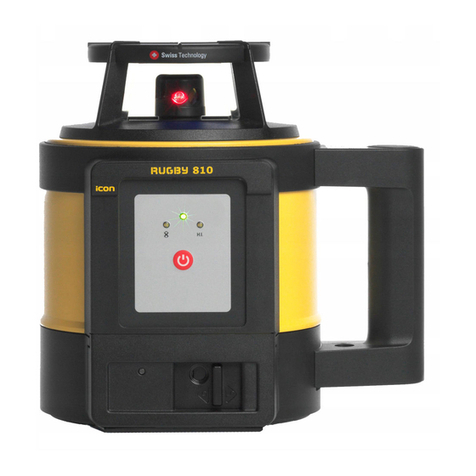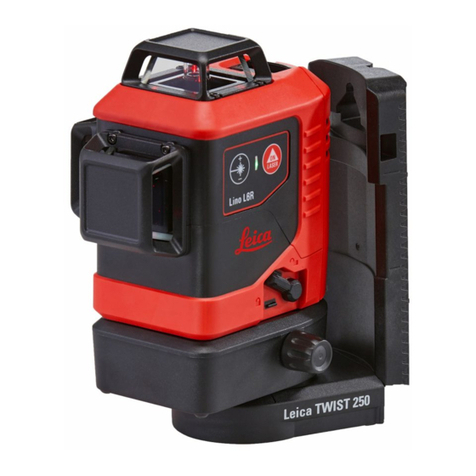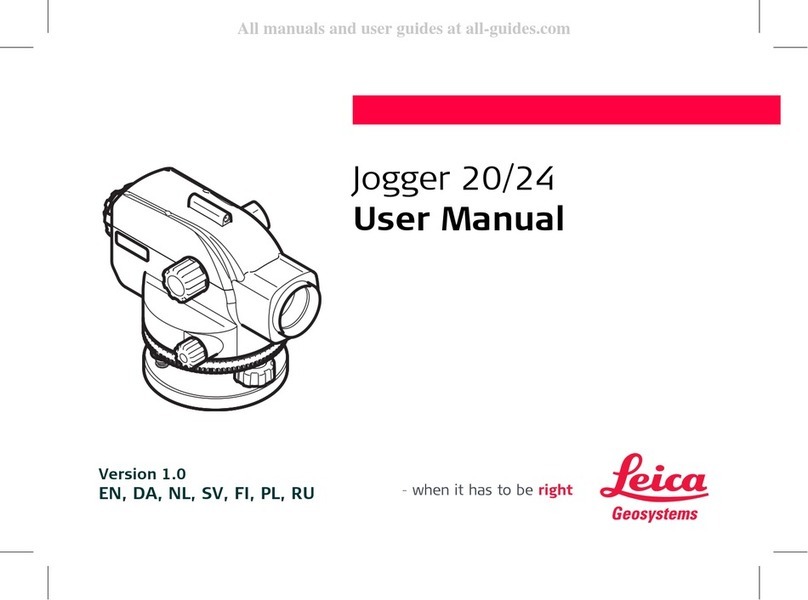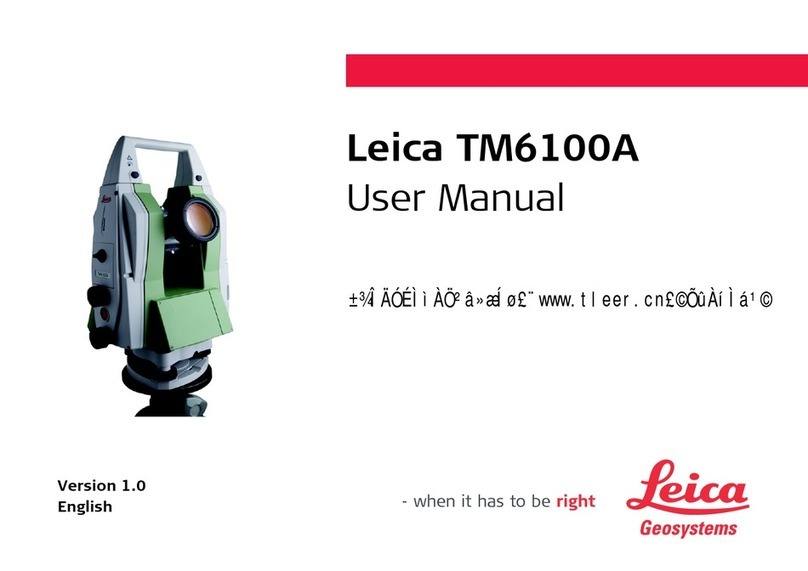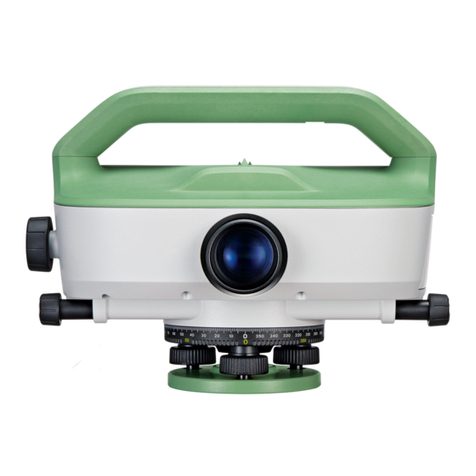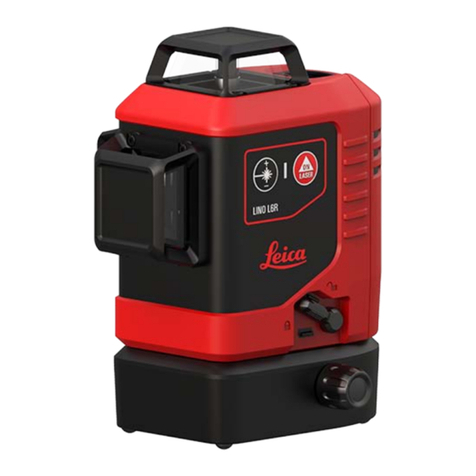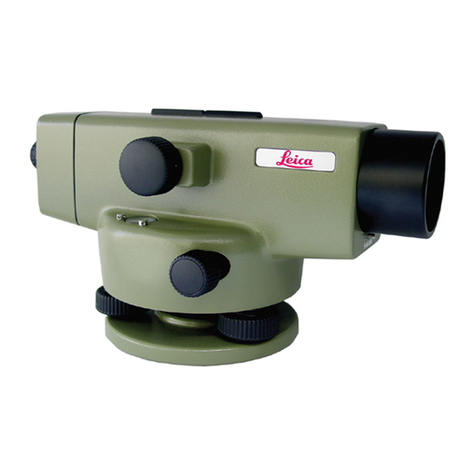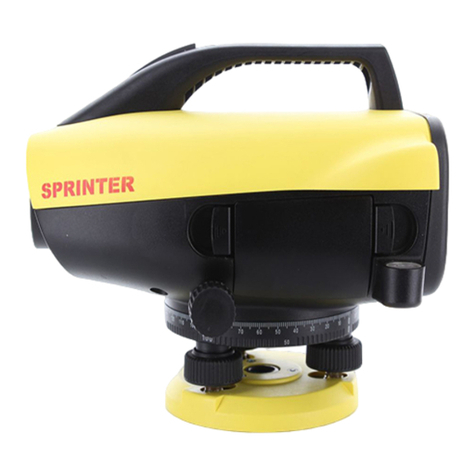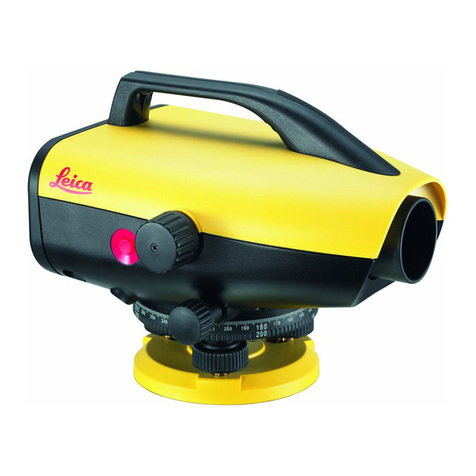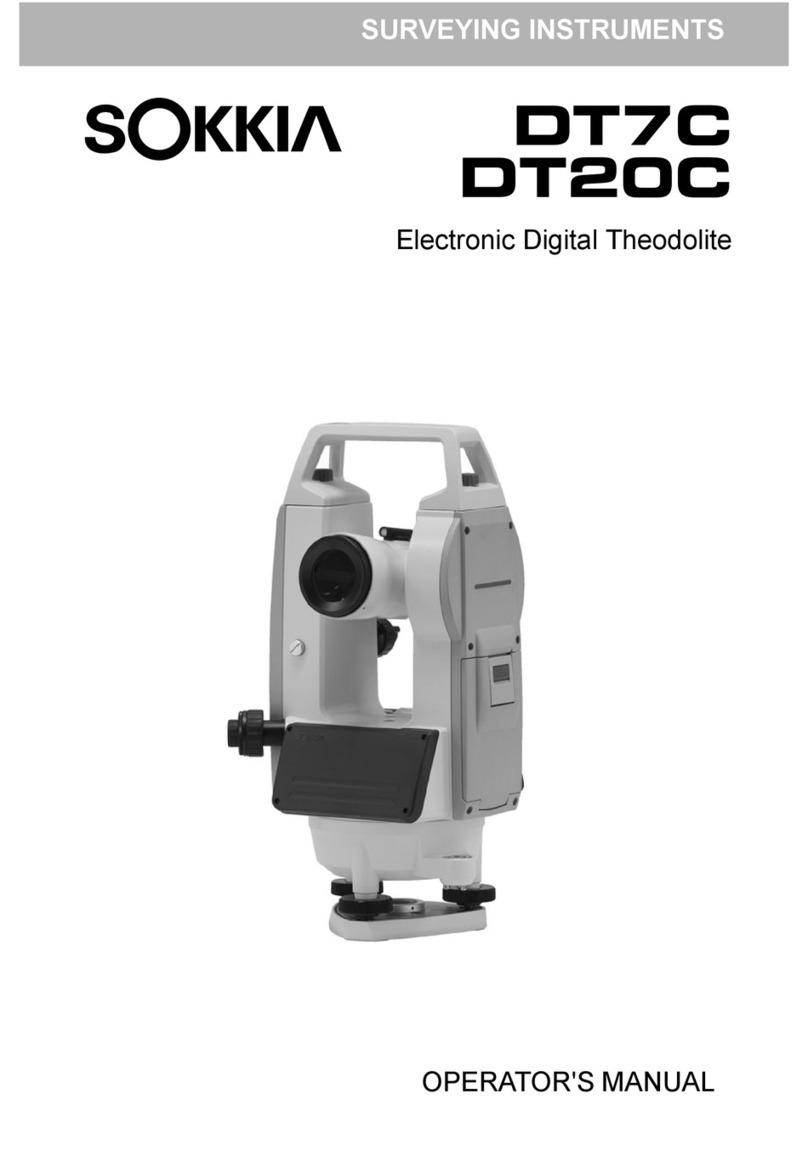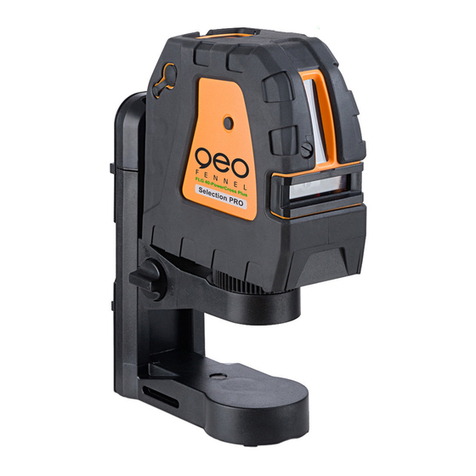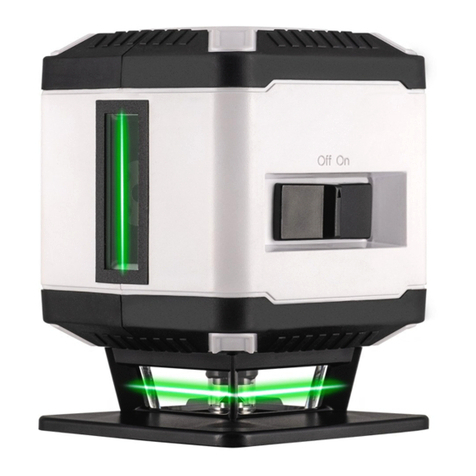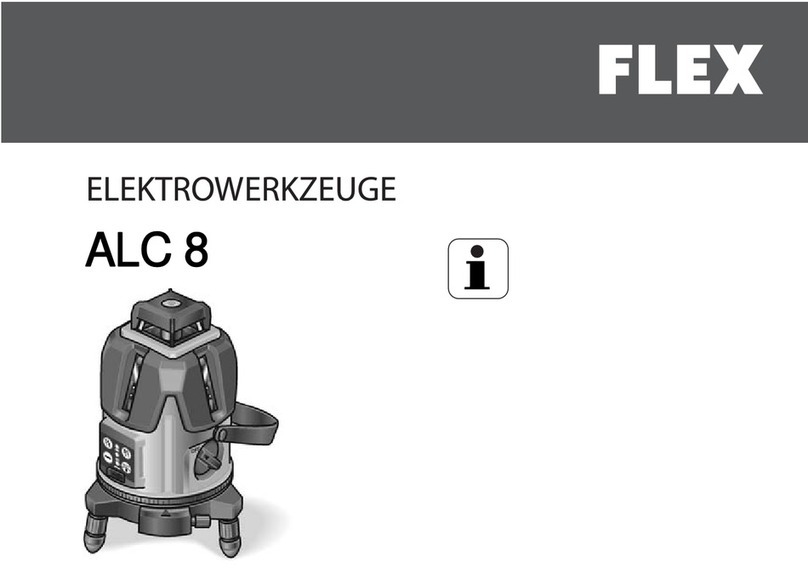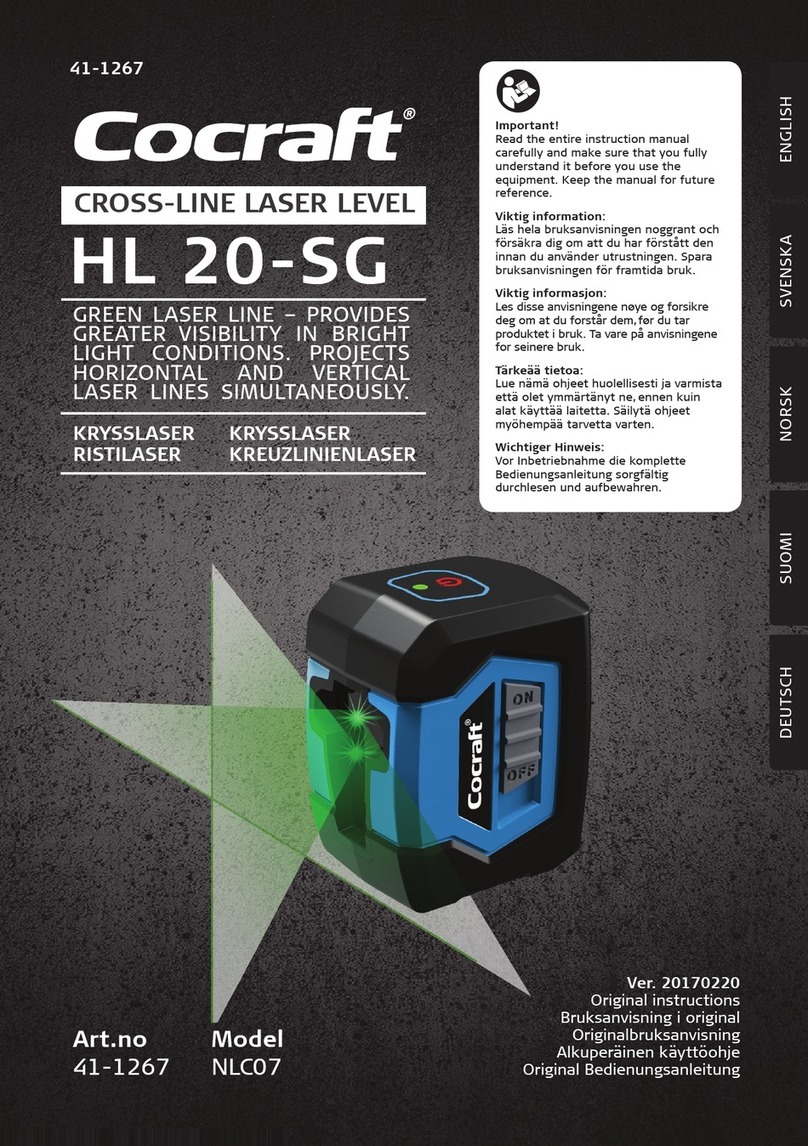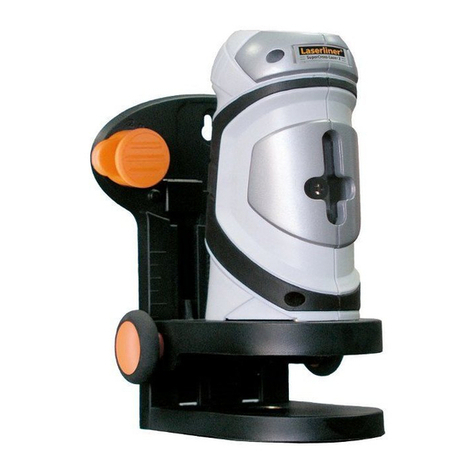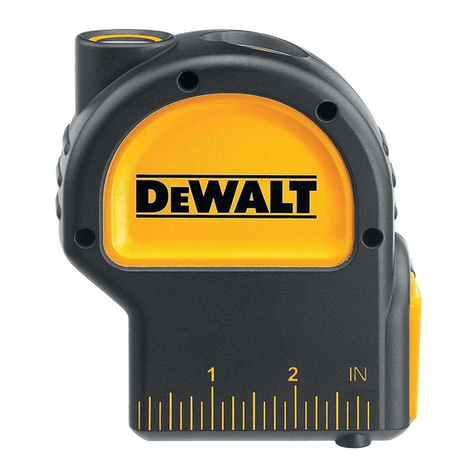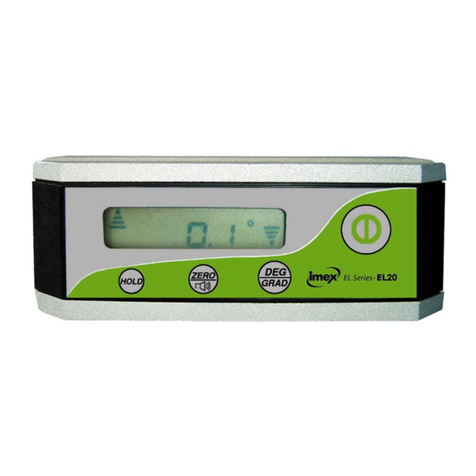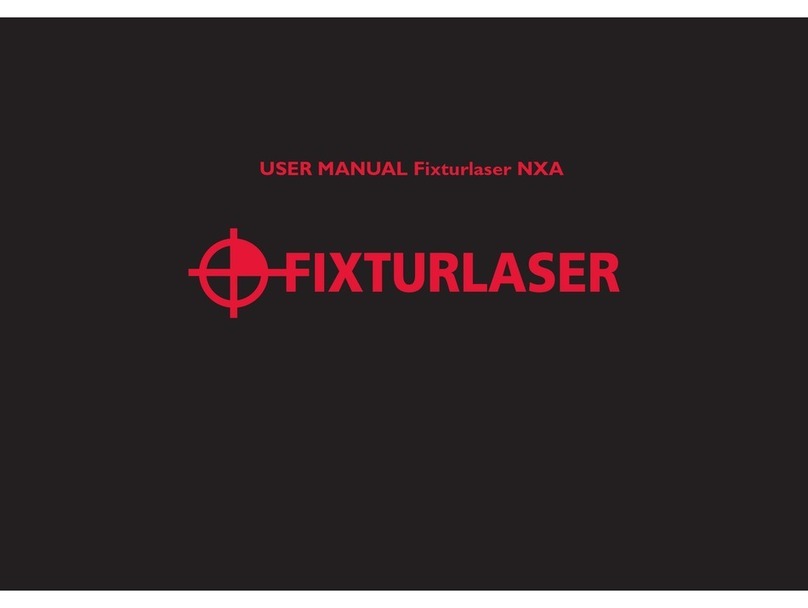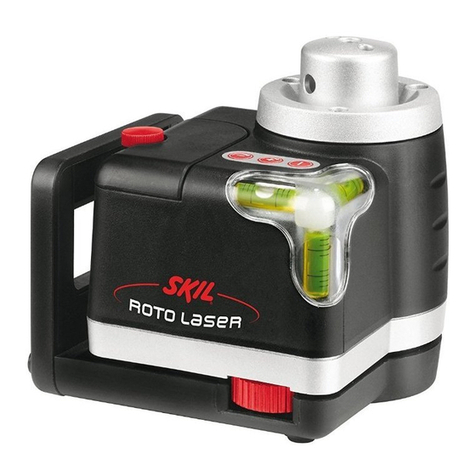
RUNNER 20/24-1.0.0en 3
EN
DE
FR
ES
IT
NO
SV
DA
NL
PT
FI
Contents
Introduction ............................................... 4
Special features ..................................... 4
Important parts ...................................... 5
Technical terms and abbreviations ...... 6
Measurement preparation ....................... 7
Unpacking.............................................. 7
Setting up the tripod .............................. 8
Levelling up ........................................... 9
Focusing telescope............................. 10
Centring ............................................... 10
Measuring ................................................ 11
Height reading ..................................... 11
Distance measuring ........................... 12
Angle measuring ................................. 12
Line levelling ........................................ 13
Area levelling ....................................... 14
Levelling total station measuring ....... 15
Levelled stakeout ................................ 15
Checking and adjusting .......................... 16
Tripod ................................................... 16
Circular level ........................................ 16
Checking and adjusting of the line-of-
sight ..................................................... 17
Care and Storage .................................... 18
Transport ............................................. 18
In the field ................................................. 18
Inside vehicle ........................................... 19
Shipping ................................................... 19
Storage ................................................. 19
Cleaning .............................................. 20
Accessories ............................................ 21
Technical Data ......................................... 22
Index ......................................................... 23
Contents


